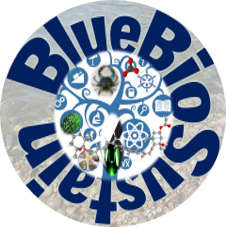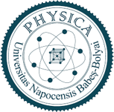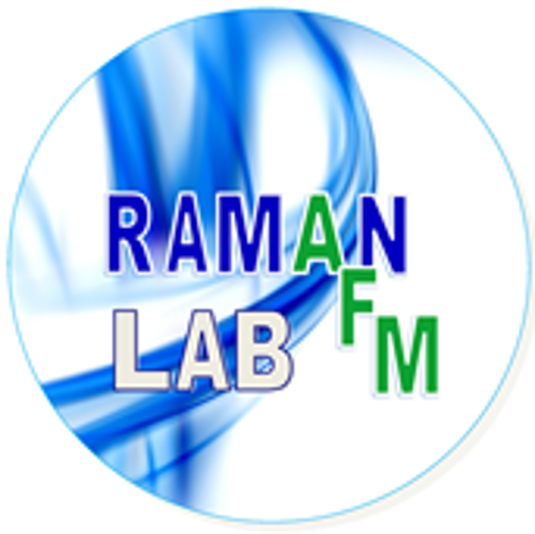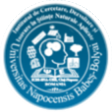RESULTS
Two classes of added-value products are developed:
- drug cariers, exploiting the nanororosity of the biogenic powder
- new biostimulants for soils, by loading valuable algae extracts in biogenic powders.
Specific results
Starting material preparation
An anti-cancer drug, 5-fluorouracil (5-FU), was acquired in the form of polycrystalline powder, and dissolved in distilled water at the necessary concentration.
Crab shells treatment and powder production
Crustacean shells were sourced from the southeastern Adriatic Sea as fisheries and consumption waste.
Powdering of raw material is a challenging task, due to the inherent organic residue characteristic for waste shells from aquaculture and seafood exploitation. Thus, two strategies were adopted: a) to ) use the thermal treatment (or cooked residues) and b) deproteinization via sodium hydroxide treatment (Figure 1). The shells were subsequently milled into micropowder.

Figure 1. Shell deproteinization procedure, from shells crushing in a mortar, over heating in NaOH, to washing off the excess NaOH after the heating treatment.
Seaweed extract production
Aqueous extract of the seagrass Posidonia oceanica and the macroalga (seaweed) Codium fragile> was prepared through boiling treatments in basic conditions (containing 2% NaCO3) (Figure 2).
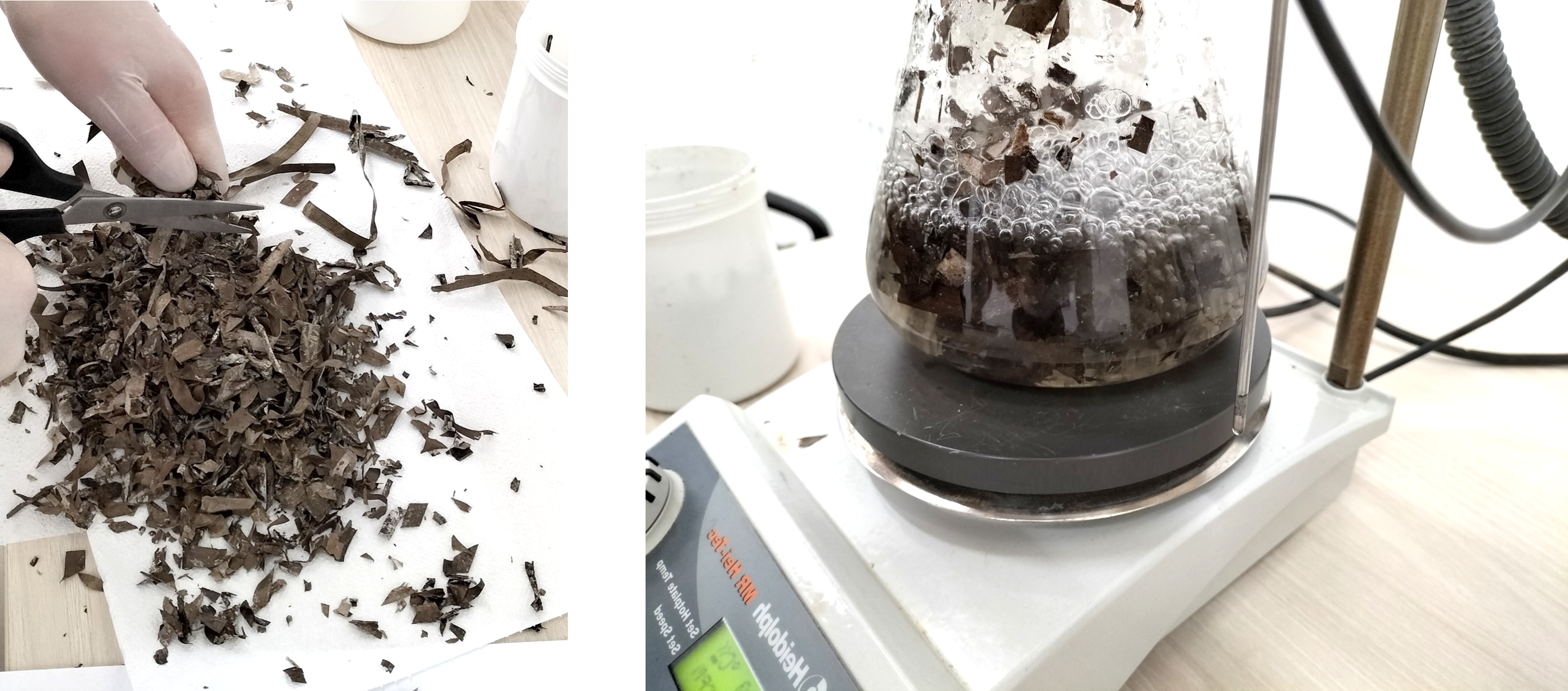
Figure 2. Seaweed extraction procedure: left - reducing leaf fragments size by cutting, right - boiling of the fragments in 2% NaCO3 solution to produce the aqueous extract.
Added-value products were produced by:
- crab shell powder with 5-FU solution
- crab shell powder with P. oceanica extract
- crab shell powder with C. fragile extraact
In the case of 5-FU complex drug carrier, the mixture was dried and pressed in a hydraulic press with 3 ton pressure (Figure 3). Seaweed complex biostimulants were also dried, however, they were both pelleted or used in bulk state.
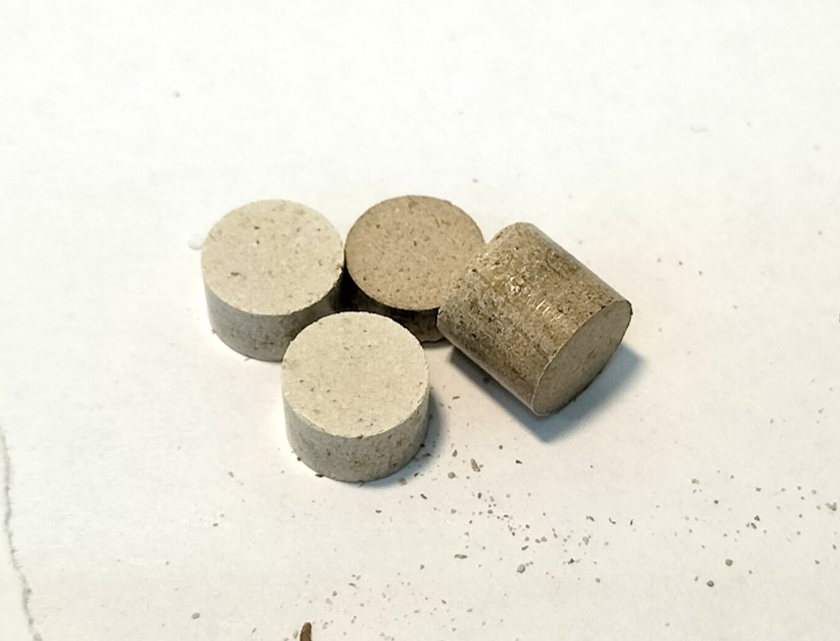
Figure 3. Pellets loaded with 5-fluorouracil.
Characterization techniques and results
Calcite is the main mineral present in biogenic crustacean shell, as previously reported by our group (Nekvapil, Pinzaru et al, 2020). During storage and subsequent residual processing where water (washing) was involved, the mineral composition was found to contain monohydrocalcite (MHC). Thus the composite was further used in the milled material. To characterize and monitor the chemical composition of the obtained powders under different milling conditions, IR spectroscopy was foud suitable and effective and supported by Raman, SEM-EDX, NRM and XRD, The results on this aspect are published in ACS Omega.
The calcium carbonate rich hard tissue yield was 52.13 % ± 0.015 (mean ± S.D.) and 64.71 % ± 0.144 from the blue and green crabs, respectively. The contents of Pb, Ni, Zn, Cr (VI) and Cu were several orders of magnitude below the prescribed limit by EU biofertilizer legislation; with Fe, Mn (not prescribed) and As being the most abundant. The shells contain no colony forming units of Salmonella spp. and compliant levels of Escherichia coli; moreover, the shell micro-powder showed a dose-dependent growth inhibition of Pseudomonas aeruginosa and Staphylococcus au-reus. These results were more broadly discussed in ou article published in the journal Materials.
Seaweed extraction in water containing sodium carbonate resulted in a greenish extract containing a reduced heavy metals content, and nutrients such as K+, PO43?, SO4 2?, NO3-, Ca2+, and Mg2+. UV-Vis and Raman techniques, including surface-enhanced Raman scattering (SERS), were employed for the fast evidencing of polyphenols, carotenoids, and chlorophylls in the extracts content. Heavy metals analysis showed that the major metals in the extracts were Fe, Ni, Zn, and Cu; however, their levels were an order of magnitude lower than in the dry biomass. The extracts also showed a mild antibacterial effect. The immersion of solid biofertilizer pellets (crab shells + seaweed extract) in water is accompanied by re-solubilization of the compounds originating from algae extracts, as discussed in our preliiminary paper in the journal Sustainability.
The SERS signal quantification in a crab shell powder pellet loaded with 5-FU is achieved using the well-known SERS spectral fingerprint of 5-fluorouracil aqueous solution adsorbed on Ag nanoparticles. The proof of concept is demonstrated by quantifying the slow release of the drug through the characteristic SERS band intensity of 5-FU in a time course of 26 h. The findings were published our second paper in the journal ACS Omega.
New products demonstration
Activity of relevant stocks of new biostimulant products have been obtained and characterized; Further, they were experimentally aplied on experimental plats lot for evaluation their influence on crop development (Figure 4); New tablets formulation with one anticancer drug, 5-fluorouracyl, using powdered biogenic material are obtained and characterized, then investigated regarding the slow release of the active ingredient in a time dependence experiment.
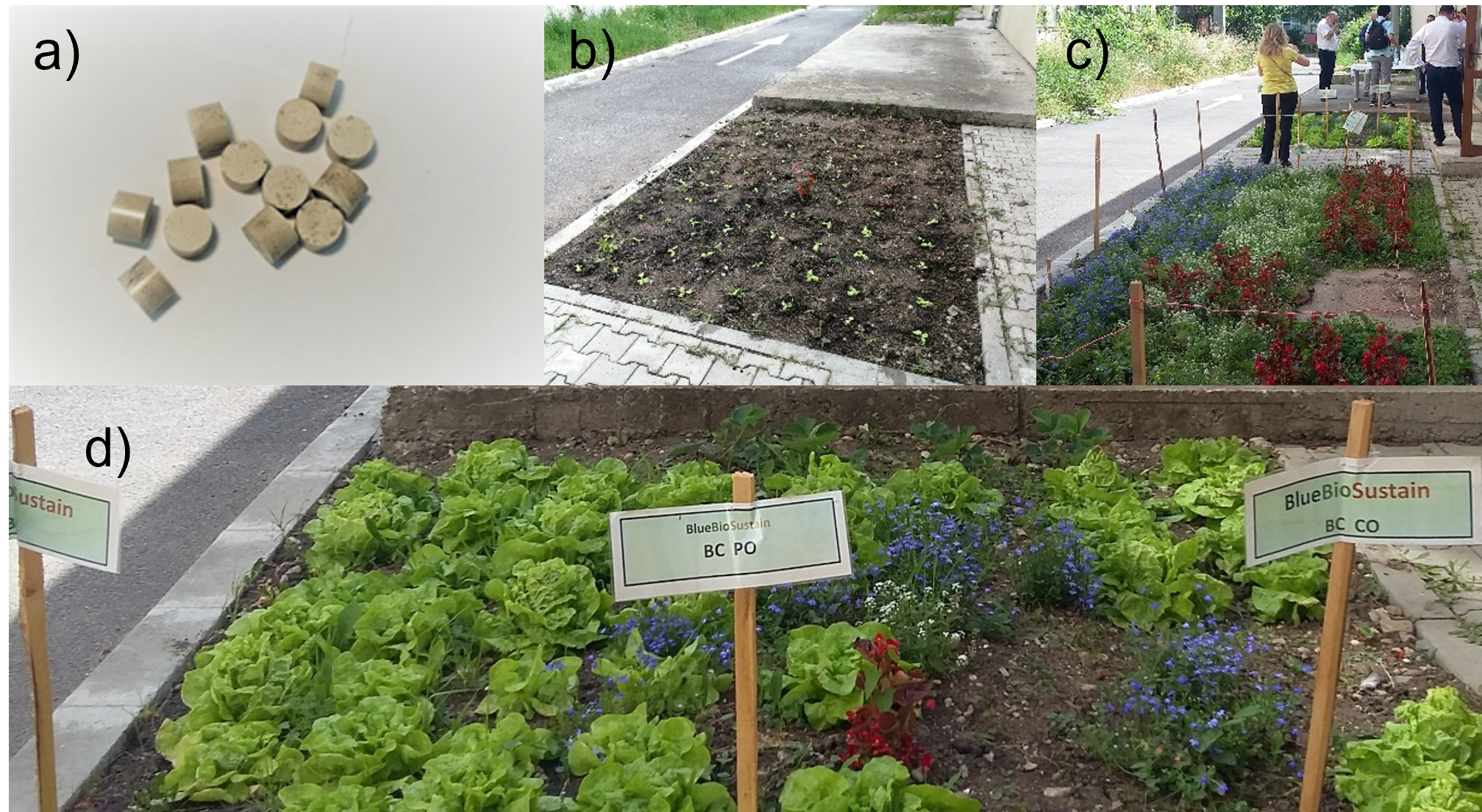
Figure 4. Image of the obtained biostimulants a) in peletted form, comprising materials recovered from two aquatic waste and the experimental lot settled in the back side of Raman lab at the ICDI-SNA institute of Babes̗-Bolyai University, b)- starting experimental lot; c) and d) plants evolution and in situ monitoring.
Copyright: F.N., S.C.P., team members, 2021.
Main highlights extracted from the published results are summarized in the Dissemination section.
Work in progress
Issus being evaluated through additional experiments:
- evaluation of the new biostimulants efficiency has been conducted on an experimental lot as well as in lab cultivated plants treated with the new products
- statistical analyses conducted on Raman data collected from in situ leafs of the cultivated plants is under evaluation for establishing the relevant biocompounds inclusion level in the complex
- prolonged study on refined formulations as new drug carriers relying on biogenic powders
